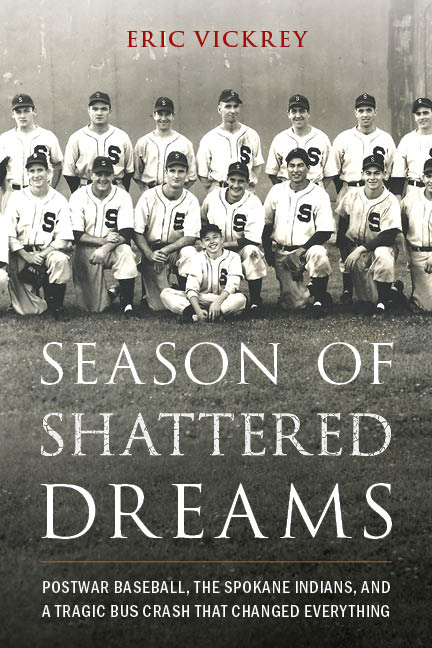
Jeff Keener: Unsung 1982 Cardinals Reliever
Major-league managers often break rookie relievers in with low-stakes mop-up duty. Jeff Keener received no such treatment. He was thrust into action on June 8, 1982, in front of a boisterous crowd of 37,195 at Montreal’s Olympic Stadium. As he prepared to throw his first major-league pitch, Keener noticed that his heart was pumping so vigorously that his #44 jersey was visibly moving with each beat.
The Cards and Expos, each legitimate contenders for the NL pennant, were tied at two in the bottom of the eighth. The Expos had loaded the bases against relievers Steve Mara and Jim Kaat. With two outs and the hot-hitting Tim Wallach due up, Whitey Herzog decided to put Keener to the test. The rookie righty’s arsenal included a sinking mid-80s fastball and sweeping curveball. Though his stuff was far from overpowering, Keener managed to strike out Wallach to keep the score even.
Keener returned to the mound in the ninth and set down the Expos in order. One of the men he retired that inning was Tim Raines. The game then went to extra innings. Though Bruce Sutter ultimately was credited with a win after the Redbirds won in the 12th, Keener’s contributions were as important as any player on the field that day.
Midwestern Kid
Jeff Keener grew up a Cardinals fan in the tiny southeastern Illinois town of Albion, located near the Indiana border. As he recalled in an interview for Runnin’ Redbirds, once a year his family would make the two-hour trek west to St. Louis to catch a game at Busch Stadium.
Keener developed his sidearm pitching delivery while playing catch in the backyard with his father. Jeff helped lead his high school to the state tournament as a junior but got hurt during his senior year and received no scholarship offers. Undeterred, he walked on at Southeastern Illinois Junior College under coach Rick Hacker.
After two years of steady improvement and success in the junior college ranks, Keener transferred to the University of Kentucky. As a senior with the Wildcats, his 0.57 ERA set an NCAA record.1 “His breaking ball, well, you’ve got to see it to believe it,” said Kentucky coach Keith Madison at the time. “It sort of an optical illusion. It looks like it hesitates as it breaks. You know it can’t possibly do that, but that’s the way it looks.”2
Keener’s Rapid Rise
The Cardinals selected Keener in the seventh round of the 1981 June amateur draft and assigned him to Double-A Arkansas, where he posted an impressive 1.93 ERA in 30 appearances. He was just as effectively during the first two months of the ’82 season. When John Martin struggled and Herzog needed a fresh arm in early June, Keener was promoted from Double-A to the majors.
In 19 games with the ’82 Cardinals, Keener accrued a 1.61 ERA and picked up his only career win on July 28 versus the New York Mets. He developed arm trouble in subsequent seasons and never reached the same level of consistency in the majors. Keener’s last big-league appearance came on September 27, 1983. He then went on to pitch another three seasons in the Cardinals’ minor-league system before hanging up his cleats. After his playing days, Keener enjoyed a decades long career in education.

Keener’s contributions to the ’82 Cardinals, like those many of his unheralded teammates, added up to 92 victories. St. Louis finished ahead of the Phillies and Expos by three and six games, respectively. Each victory, particularly those against interdivisional rivals, proved to be vital.
Read more about Keener and the other 32 players who wore the Bird on the Bat during the 1982 season in Runnin’ Redbirds: The World Champion 1982 St. Louis Cardinals … coming soon!
Sources
